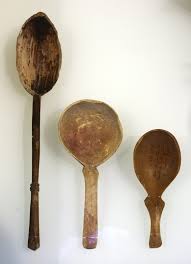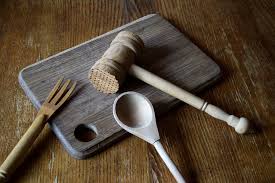Ancient Roman Utensils: The Roman household looked after and taken care of by the house-wives or maids in case of higher class Roman homes.

The Roman women had a great deal of responsibility as far as the household work and chores were concerned. The main household chores were cleaning, washing, cooking, etc.
Ancient Roman Utensils
In order to accomplish the household chores, the Roman house-wives used various different kinds of utensils for different purposes. These are classified according to the purpose for which the ancient Rome utensils were used.

For instance, for the purpose of cutting, cleaving and piercing, knives such as flint or copper were used by butchers. Household knives were used for cutting vegetables and other foodstuffs, for trimming of hair or for carving wood or bone. Later, scissors came to be used frequently for cutting hair, cloth, and papyrus.
Ancient Cooking Tools
The ancient Romans were greedy for development and therefore, it’s an evident fact of history showing that a sea-change took place in the usage of tools in the ancient Roman period. The usage of stone tools saw a decline and metal tools became more useful. For example, the use of flint knives became almost extinct and iron knives became of popular use among the ancient Roman populace.

Axes, hatchets with wooden handles were used for the purpose of cleaving; awls were used for making holes in materials which were too hard to be pierced with needles.
Hammering Technique
The ancient Romans used tools to sharpen and smoothen the edges of knives and axes. Metal blades were sharpened using whetting methods, dents were removed by hammering technique and the edges of tools are hardened using a technique called annealing-in which the utensils and tools are heated and then allowed to cool followed by hammering.

The ancient Romans made fire by rubbing two pieces of wood together. One piece was held stationary on the ground and the other was twirled between the hands. The friction resulted in the kindling of a small fire.

The preparation and serving of food required quite a few utensils. Most of them made of burned clay. Pots, pans, cups, dishes, bottles etc. were purchased from professional potters.



